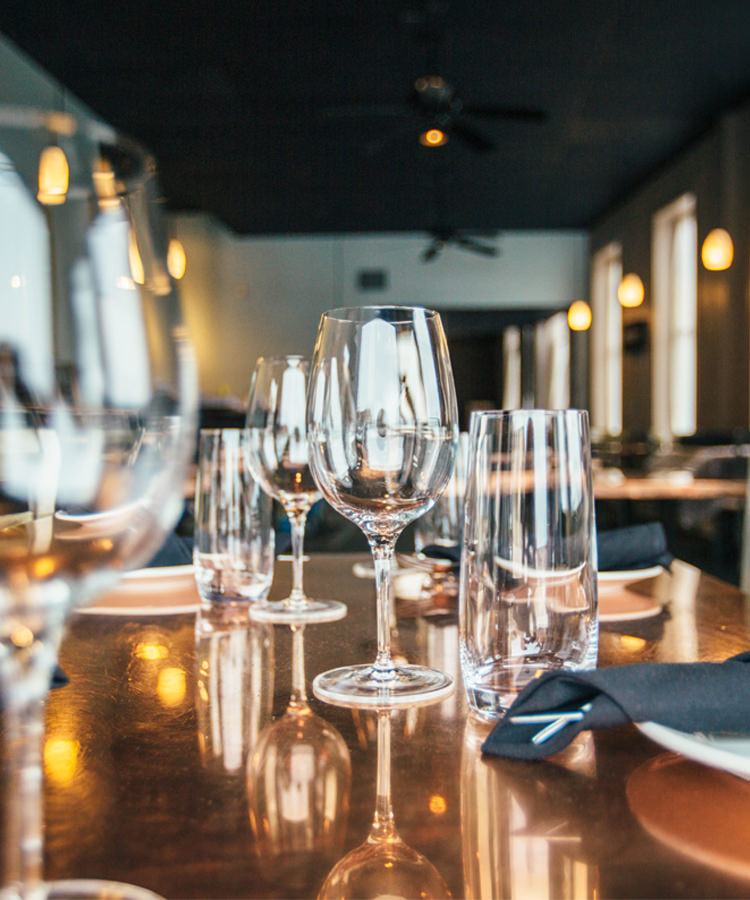It’s finally time for the long-anticipated dinner reservation at the best new restaurant in town. After poring over the wine list at the table, you proudly state your carefully chosen bottle selection to the sommelier. “I’m sorry,” the sommelier responds. “We don’t have that bottle right now.”
Wait a minute. Isn’t the bottle listed on the menu right in front of your eyes? Isn’t this supposed to be a good restaurant? Why isn’t its wine list up to date? And what do you do now?
The reality is that nothing is ever static in the restaurant industry. Things are always changing and evolving, from the food menu to the wine list to the cocktail specials. When a change happens, the restaurant may not have the time to update printed materials during service, or it may not make financial sense for the restaurant to reprint everything for one small edit (hence the origin of the economical concept “menu cost”). While this can occur on food menus, it often happens more with wine lists because food deliveries generally arrive more frequently than wine deliveries, and a restaurant typically has a more limited amount of any single wine than it does a single dish.
A quality restaurant should never let an out-of-date wine list remain in circulation for more than a few days. However, there is always the chance that a restaurant will run out of a particular wine in the middle of dinner service. If the wine that you’ve selected is well priced or from a recognizable grape variety, chances are high that other guests have noticed and selected it as well. If a handful of guests selects the same bottle in one night, a restaurant could easily sell out of it.
What about those proactive diners who pre-select their bottles from a restaurant’s online wine list? Nobody likes to research a wine in advance of a first date or business meeting (or other occasion where one wants to impress!), only to have the selections be completely different when it’s time to sit down for the meal. One way to avoid this is to see if the restaurant links directly to its wine list on Binwise, a software program that keeps digital lists at least as up to date as the in-person list. And, when in doubt, call the restaurant to ask if its online wine list is up to date before putting in any serious research.
Regardless of the reason why a restaurant does not have your wine selection, a good sommelier should be prepared with alternatives that are not only stylistically but monetarily similar to your original pick. The somm may ask you questions about why you selected the original bottle (“Are you looking for a light, fruity wine?” “Are you in the mood for a Cabernet Sauvignon-like red?”) and will point out other options that will satisfy.
Don’t feel pressured to spend more than you originally budgeted; if you have selected a bottle of $50 Sauvignon Blanc and the sommelier suggests a $150 bottle as an alternative, ask him or her for other suggestions in the original price range.
If the restaurant cannot offer anything stylistically similar in your budget (for instance, if the only other orange wine is $20 more than the original bottle), then it is appropriate to ask if the sommelier can match the price of your original selection from the list.
In every instance, communication with the restaurant and its sommelier is key. And, since nothing in life is ever completely certain, maybe have a backup wine selection ready to go.
